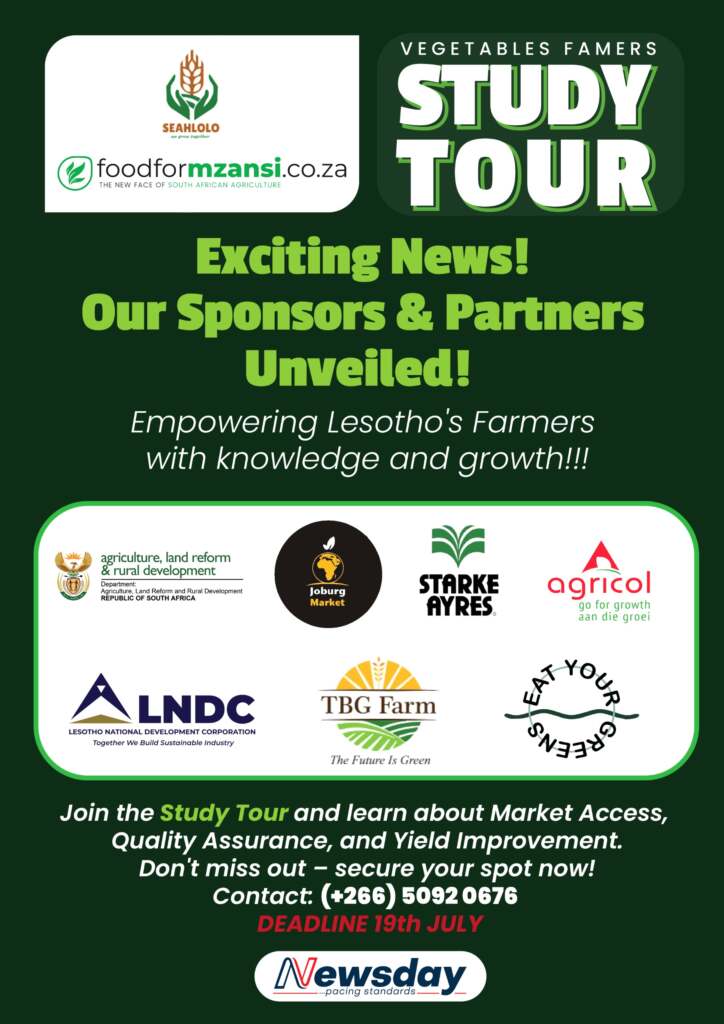Editorial Comment
The story of the Maseru men entangled in the marriages of Mokhotlong paints a stark picture of the intricate social fabric that can be woven around development projects.
As the country’s multi-billion Maloti Phase II of the Lesotho Highlands Water Project (LHWP) forges ahead, it brings to the forefront not only infrastructural advancements but also the unforeseen societal challenges that can ripple through affected communities.
The revelation that extramarital affairs involving construction workers are straining relationships and fueling tensions within these communities is a poignant reminder that development is not just about bricks and mortar; it is about lives, cultures, and intricate human interactions.
The International Organisation of Migration’s (IOM) report exposes a troubling side effect, showcasing how the collision of urban migration, economic disparity, and societal values can create fissures that are difficult to mend.
This narrative resonates beyond Lesotho, as similar scenarios have unfolded across the globe when development projects intersect with local dynamics. The unintended consequences underscore the need for holistic planning and a nuanced understanding of the communities that these projects touch.
Maseru and Berea men and the adjacent villages are emblematic of the wider challenge of balancing progress with the preservation of social harmony.
It is commendable that the Lesotho Highlands Development Authority (LHDA) is deeply attuned to the potential implications of their work on the communities they serve.
Mpho Brown’s acknowledgment of the allegations and his assertion of their thorough assessment process demonstrate a commitment to addressing not only the tangible impacts of the project but also the intangible and intricate web of social dynamics.
As Lesotho navigates the waters of progress, the lessons from this story are invaluable. They underline the importance of comprehensive impact assessments that encompass both physical and sociocultural dimensions.
They emphasise the significance of open channels of dialogue between project authorities, communities, and stakeholders. And they remind us that a development project’s success is not solely measured by concrete outputs but also by the harmony it fosters within the lives it touches.
The LHWP is not just a hydrological endeavor; it is a testament to regional cooperation and shared resources. As Phase II progresses, it must be accompanied by a commitment to addressing the multifaceted impacts it may create.
The story of Maseru men and Mokhotlong should serve as a call to action for all development initiatives – to tread carefully, listen attentively, and ensure that progress carries communities forward in harmony, not at the cost of their cohesion.




